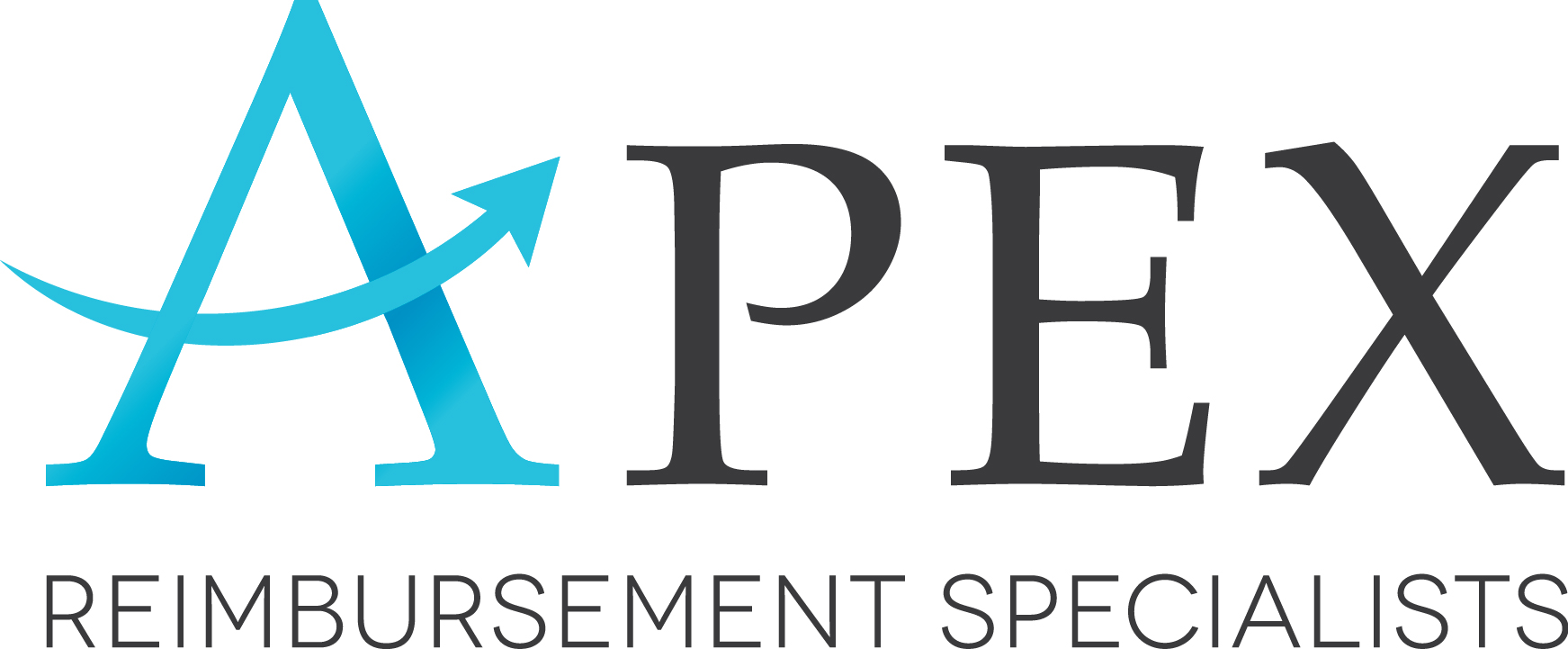You know how a direct PPO contract works for your dental practice. However, do you know everything about third-party networks? Choosing to enroll your dental practice in a network is a big decision, and you should take time to do your research before deciding to apply. The right network should offer your practice value, patients and revenue. What do you need to know before choosing to enroll?
What Are Third Party Networks?
Third party dental networks are designed to link dentists to a large community of patients and increase revenue as a result. By being placed in a network, your dental practice will be required to maintain compliance through a credentialing and recredentialing process.
Know the Size of the Network
When it comes to picking a network, the size of the network matters. How many providers are currently in the network? Look past the number that the network advertises and pay attention to the number of unique providers and unique locations. Provider counts aren’t everything, but this metric will give you some idea of how many other offices are enrolled. The bigger the network, in some cases, the more likely patients are to enroll. While that means you might have more local competition, it also means that you will have the opportunity to attract even more patients through the network.
The Benefits of Third-Party Networks
Depending on the contract your office signs, you can be strategic about what network you enroll in. In some cases, network sharing occurs. This is when a PPO shares a network of dentists with other PPOs, so all in-network dentists of one PPO will be required to see patients of another PPO as an in-network provider. If you are considering in enrolling with a PPO who has network leasing provisions with different fee schedules, you should sign the contract with the best terms for your office. This way, you can access a large patient base through networking leasing and get the preferable reimbursement rates of a single PPO. You can also opt out of some insurances under the same network lease depending on the situation.
The Downsides of Third-Party Networks
While third-party networks can be a great tool, nothing is perfect. If you enter into a contract with a network that has multiple contracts in existence, you might not be automatically picked up. It can also be confusing to have multiple third-party relationships, as you don’t always know which has been picked up by which carrier. Even if a provider is in-network for a carrier through a third party, every insurance plan might not be available. Insurance providers can also end relationships with a third-party at any time, which would exclude the provider from the network. Third-party networks can also become confusing to office managers who don’t thoroughly understand the relationship between all networks and TPNs and might be participating in certain networks without realizing it.
Improve Your Dental Practice with APEX
Whether you’re due for recredentialing or struggling to meet your practice’s goals, our experts can help. Contact our team today by calling (410) 710-6005. We look forward to working with you to make your practice a more profitable place.

